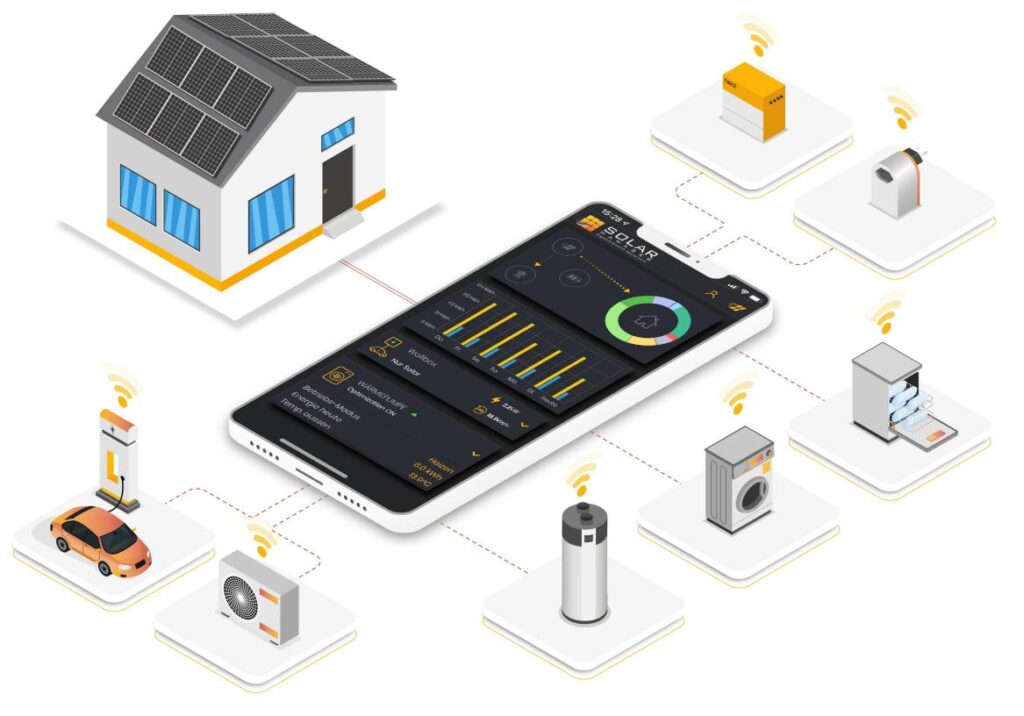Domestic PV systems are the slightly more expensive ones, particularly those with low Kwp powers. This is related to the fact that the cost for installation including safety systems and testing affect more than a large system.
So there has remained this tendency to want to install more photovoltaic panels in order to get more incentives, Bern has lately simplified the procedure for applications and added that as many PFs as possible can be installed on a roof without, however, protruding, seen from above, from the roof.
Now that PV panel prices have fallen dramatically and may see a further decline in 2021 due to ‘the elimination of import duties on Chinese modules, the investment becomes attractive.
Photovoltaic prices
The prices of a plant , as mentioned, have dropped dramatically. In 2016 we witnessed a downward trend that has continued for 2017, 2018, 2019, 2020, 2021 and is expected to decline further in 2022 as highlighted by the forecast of the latest U.S. Department of Energy report.
Photovoltaic module costs 2022
At present, PV modules are difficult to find on the market due to the situation in Ukraine and the high demand. Supplies at retailers are expected to improve in the coming months in Switzerland. (July August 2022)
The cost of the modules has increased slightly given the high demand.
Remuneration per 1 KWh produced with PF
Electricity from renewable sources must be remunerated at least at the price paid by the grid operator for the other electricity supply, provided that the plant capacity does not exceed 3 MW or no more than 5000 MWh/year (or both) is fed into the grid. This procurement includes the costs of purchasing from an upstream supplier and the costs of producing its own power plants.
The energy tariffs of the basic supply can be used as a reference, which must be based on the same supply contracts and production costs (Art. 4 paragraph 1 StromVV). However, the basic supply tariff and the minimum tariff need not be the same, as the basic supply also includes marketing costs and, where applicable, ecological value added. The decisive factor for comparison is the energy tariff for the group of customers whose consumption profile is roughly comparable to the input profile of renewable electricity. If there is no such customer group, the supply costs-actual or hypothetical-for equivalent electricity should be used. “Equivalent” refers to the amount of energy and power profile as well as the controllability and predictability of the electricity purchased or fed in. The compensation obligation does not include the ecological added value of electricity. This should be remunerated only if the guarantee of origin is also accepted. However, there is no obligation to do so. ….
In the totally revised Energy Law, valid from 1.1.2018:
EnG Art. 15 Obligation to purchase and remuneration:
…….
If the grid operator and the producer cannot agree on remuneration, the following provisions shall apply
the following applies:
a. In the case of electricity from renewable sources, it will be based on the grid operator’s avoided costs of purchasing equivalent electricity.
In addition, the Federal Council should specify the following in the new Energy Ordinance (EnV):
Art. 12 Remuneration: 1 If the producer and the grid operator cannot reach an agreement, remuneration shall be based on the costs incurred by the grid operator for the procurement of equivalent electricity from third parties and the primary costs of the producer’s own generation facilities; costs for any guarantees of origin shall not be taken into account. Equivalence refers to the technical characteristics of electricity, particularly the amount of energy and power profile, as well as controllability and predictability.
See site: www.vese.ch. Each region in Switzerland has its own energy supplier.




